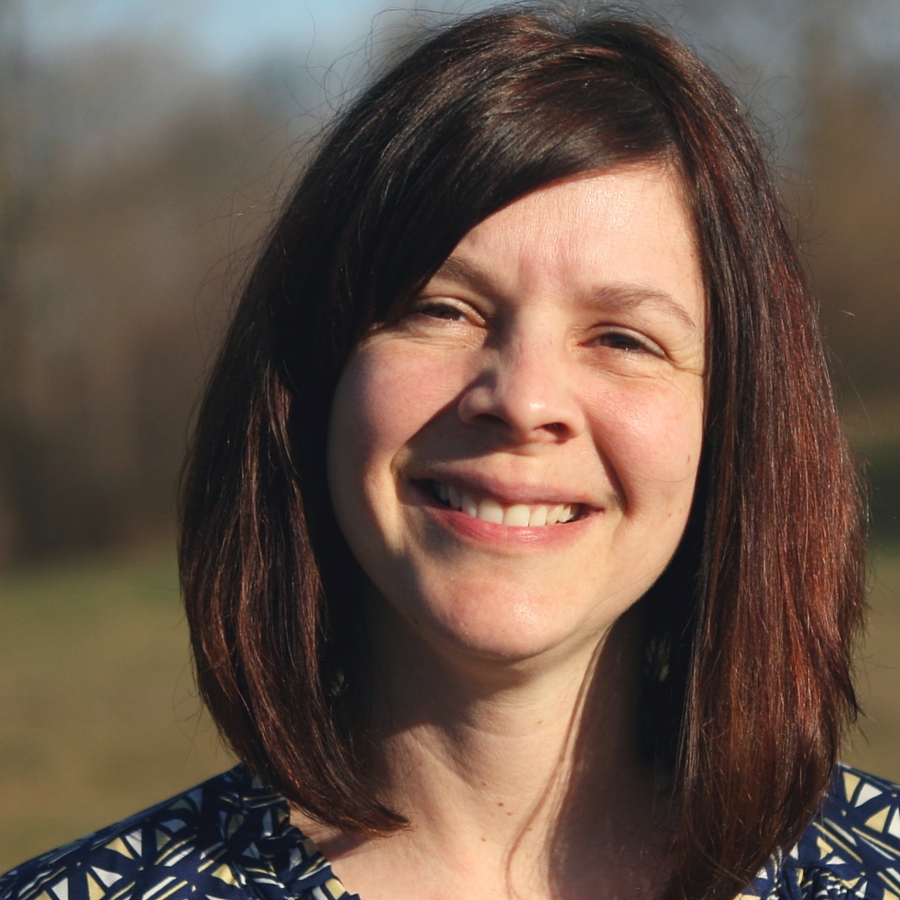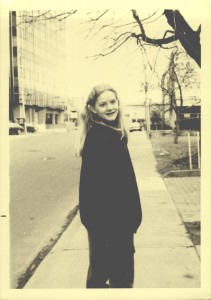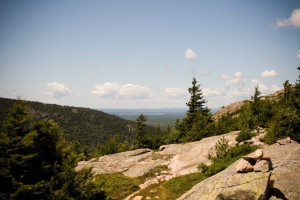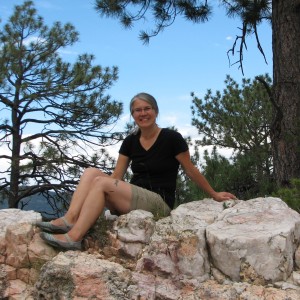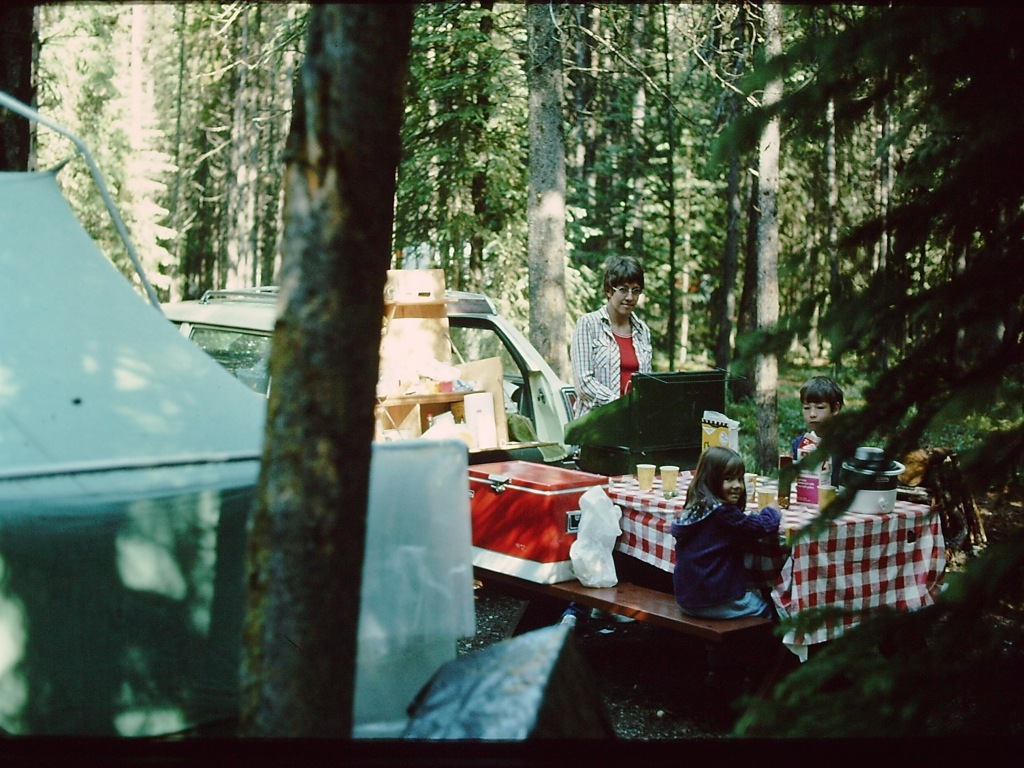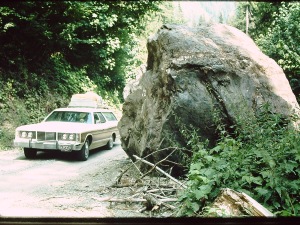Mt. Olive Methodist Church was just up the road from the house where I grew up, at the top of a steep gravel hill. Many a sticky summer day, my brothers and I would ride our bikes or walk the dogs to the church and back. If we rode our bikes, I had to be careful–the hill going down from the church entrance was a big one. Most of the time, I walked my bike down, while my brothers left me literally in their dust. The few times I worked up the nerve to ride my bike down the hill, I ended up falling.
Even though we weren’t members there, I always felt comfortable inside the church. Looking back, I realize why.
The Holy Spirit was there. For the Israelites in the wilderness, He appeared as a cloud by day and fire by night. The Church symbolizes His presence with water. A mighty wind. A whisper. In my childhood, the Spirit of God rested right by my side at Mt. Olive Church. The church never locked its doors, so it was always open to me. I know they say people make up the church, but those four walls meant church to me as much as any group ever has.
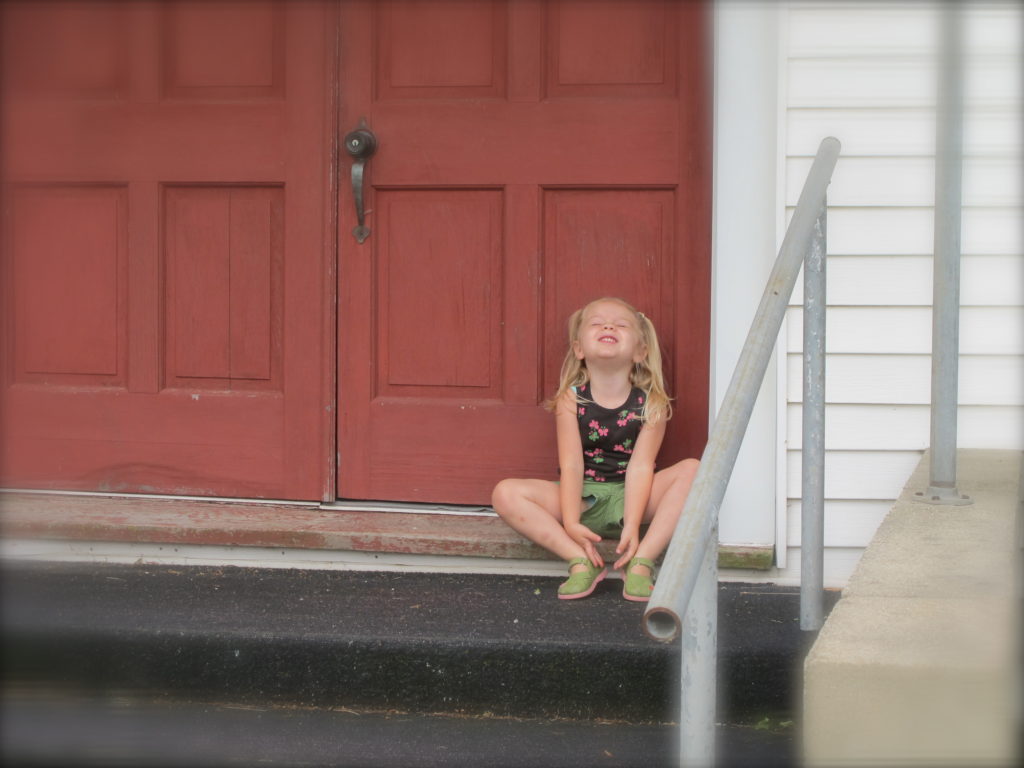 I’d run up the four carpeted stairs to the red front doors. Opening these, you’d enter a small foyer. I always wondered who it was that thought to put the wooden swinging doors between the foyer and the sanctuary, but it must have been a smart individual who realized these doors wouldn’t make as much noise when a squirmy child has to be taken out of the service. My mom could have used doors like that, in our own church, with an unruly daughter like me.
I’d run up the four carpeted stairs to the red front doors. Opening these, you’d enter a small foyer. I always wondered who it was that thought to put the wooden swinging doors between the foyer and the sanctuary, but it must have been a smart individual who realized these doors wouldn’t make as much noise when a squirmy child has to be taken out of the service. My mom could have used doors like that, in our own church, with an unruly daughter like me.
I spent hours “playing church” at Mt. Olive. I’d sing and play piano from the hymn book and give mock sermons to whichever dolls I’d brought with me. There was always an altar call at the end. Later, that same altar called to me in some of my darkest moments as well. To this day, I do my most serious business with God at altars.
When my granddad succumbed to Alzheimer’s disease, I’d never lost a close relative, and I grieved at the altar of this little church. I spent some time reliving the memories I had of granddad’s farm. After a short while, I found the peace I’d been seeking. I knew Granddad didn’t have trouble remembering things any more; and if God had any fence posts that needed mending, I assured him he’d found the perfect helper.
Not quite a year later, my uncle died tragically in a car accident. I went to that same altar, shed more tears, and asked God to watch over my cousins, my uncle’s daughters, who would now grow up without a daddy. I wondered at how difficult that would be for them.
Years went by and I moved away from home. From time to time, I’d visit the graves of family members in the cemetery across the road from Mt. Olive, but I rarely went inside her doors, until one rainy day in April of 2003. For months, I’d been planning our outdoor wedding. We had the chairs rented, the tent raised. and I dreamt of the picturesque setting by the pond where we’d say our vows before God, family and friends.
The first crack of thunder woke me up at 5:30 in the morning.
From the couch where I’d slept that night, I heard Mom walking down the hallway of my childhood home and called, “Mom, isn’t it a great day for an inside wedding?”A few hours later we’d called the caretakers of Mt. Olive, who were also our neighbors. They had no problem with us moving our wedding ceremony indoors. We’d still be able to use the chairs and tent for our reception.
Soon I found myself having yet another conversation with God at the altar of that little church. I made a vow before Him to love and honor my husband. He responded with another crack of thunder! We all smiled, thankful to be safe and dry inside the church. It wasn’t our original plan, but I knew letting this church be a part of our special day just fit somehow.
I heard recently Mt. Olive had closed her doors. One of our neighbor’s kids has bought it, and I don’t know what his plans are for the building. She’s not a church these days – not physically. But the work God did there over the years surely lives on. I know it does in me.
* * * * *
Traci Rhoades lives in southwest Michigan, somewhere in a triangular section connecting Kalamazoo and Grand Rapids with all things Lake Michigan. She and her husband parent one daughter. They have dogs, cats, ducks, pigs and chickens–a number that is always changing, as farm animal counts tend to do. She enjoys watching sports, reading, cooking and all things Bible study. She is a writer. When she first started blogging, she wondered about what unique voice she could bring, eventually landing on this one line: A country girl goes to church.
